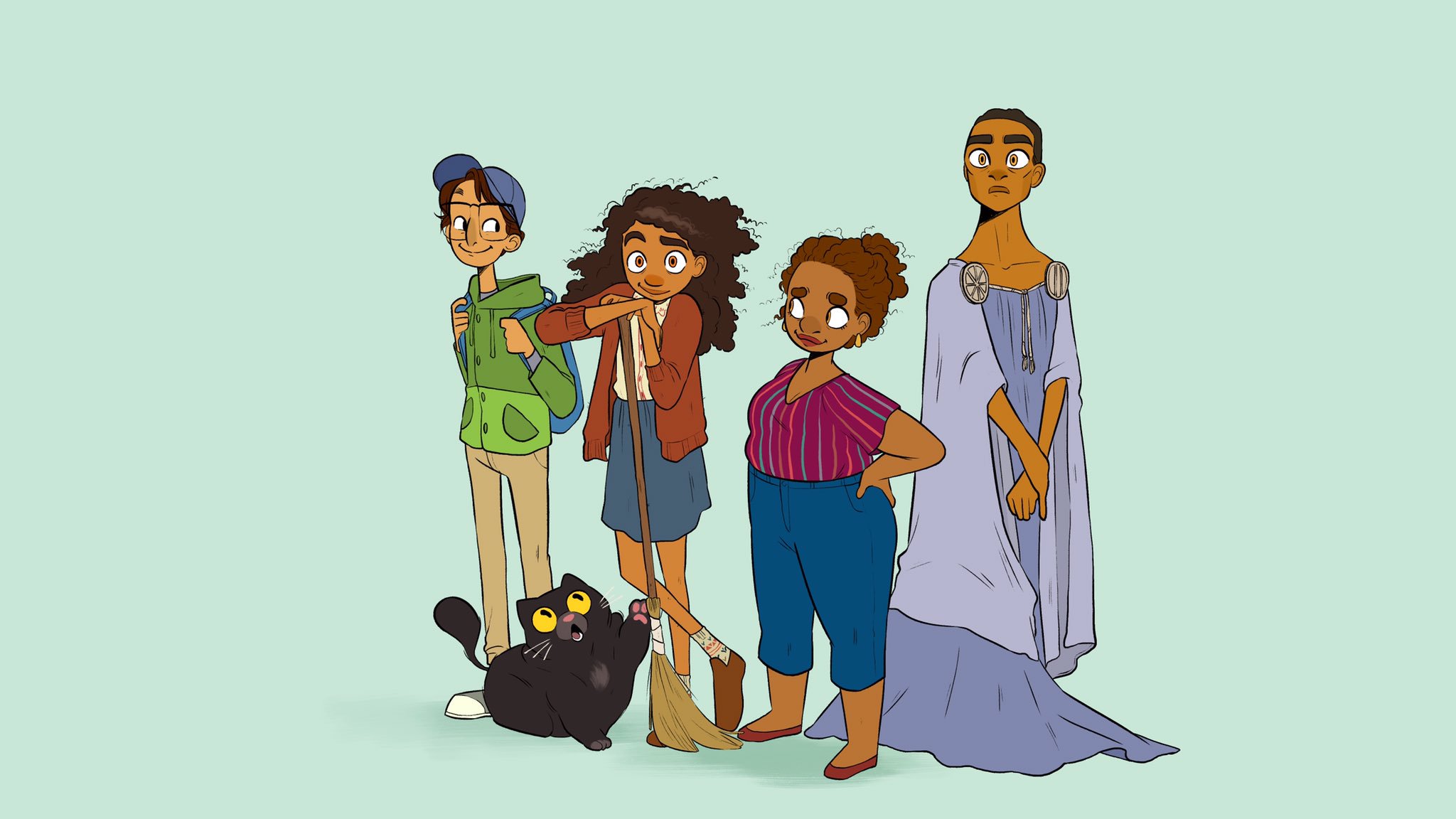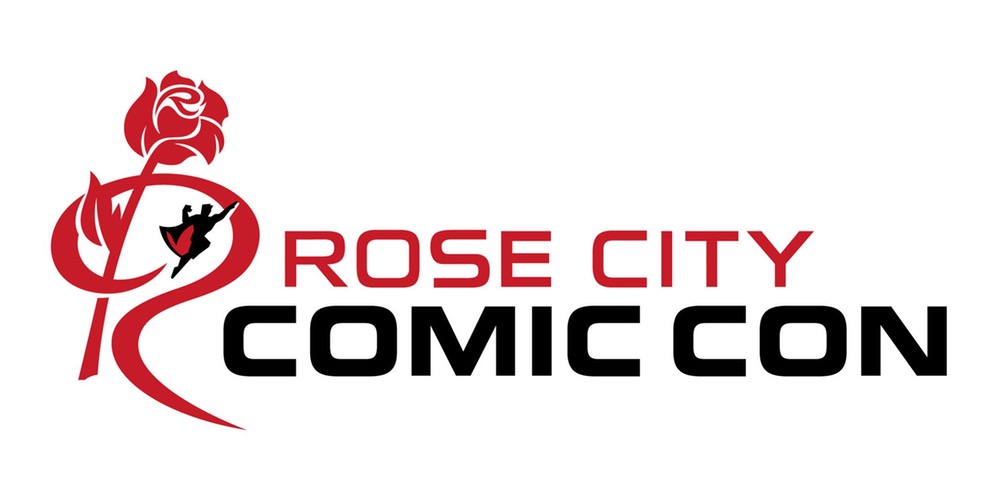
by Sabs Cooper | Apr 16, 2020 | Blog
Remember that episode of The Twilight Zone where the bombs fall and the world ends, leaving one man and all the books he could ever read? Well whatever you do don’t drop your glasses because it’s true, there really is time now. As a brief aside, I do want to make it...

by Sabs Cooper | Nov 13, 2019 | Blog
The Okay Witch is a recently released YA graphic novel, written and drawn by Emma Steinkellner, published by Simon and Schuster’s Aladdin imprint. Steinkellner, who previously illustrated the Eisner-nominated Quince series, makes her graphic novel writing debut in...

by Sabs Cooper | Sep 25, 2019 | Blog
Portland has long been the west coast capital of the comics industry, and since 2012, Rose City Comic Con has been the city’s own homegrown comic convention. Every September fans from throughout the Pacific Northwest, and some from further away, flock to the Oregon...




